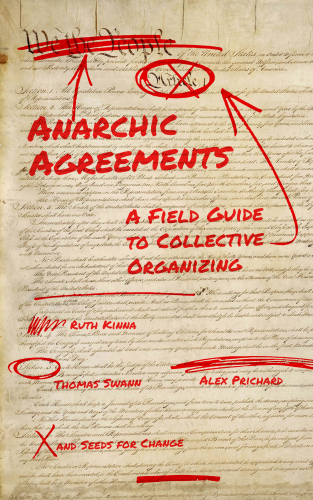Niño Gurú reviewed Anarchic Agreements by Ruth Kinna
Tips bastante prácticos
4 stars
Esta es una excelente guía general sobre cuestiones organizativas. Para quienes no hayan tenido mucha experiencia o quienes tengan alguna es bueno comprender los fundamentos de una buena organización, sobre todo si es social o política.
Cuenta con una sección con ejemplos concretos de diferentes movimientos y organizaciones, con preguntas clave y muchas sugerencias útiles.
Muchas veces nos enfrascamos demasiado en aspectos ideales, teóricos o ideológicos, pero siempre es bueno refrescarse con lecturas muy prácticas.


